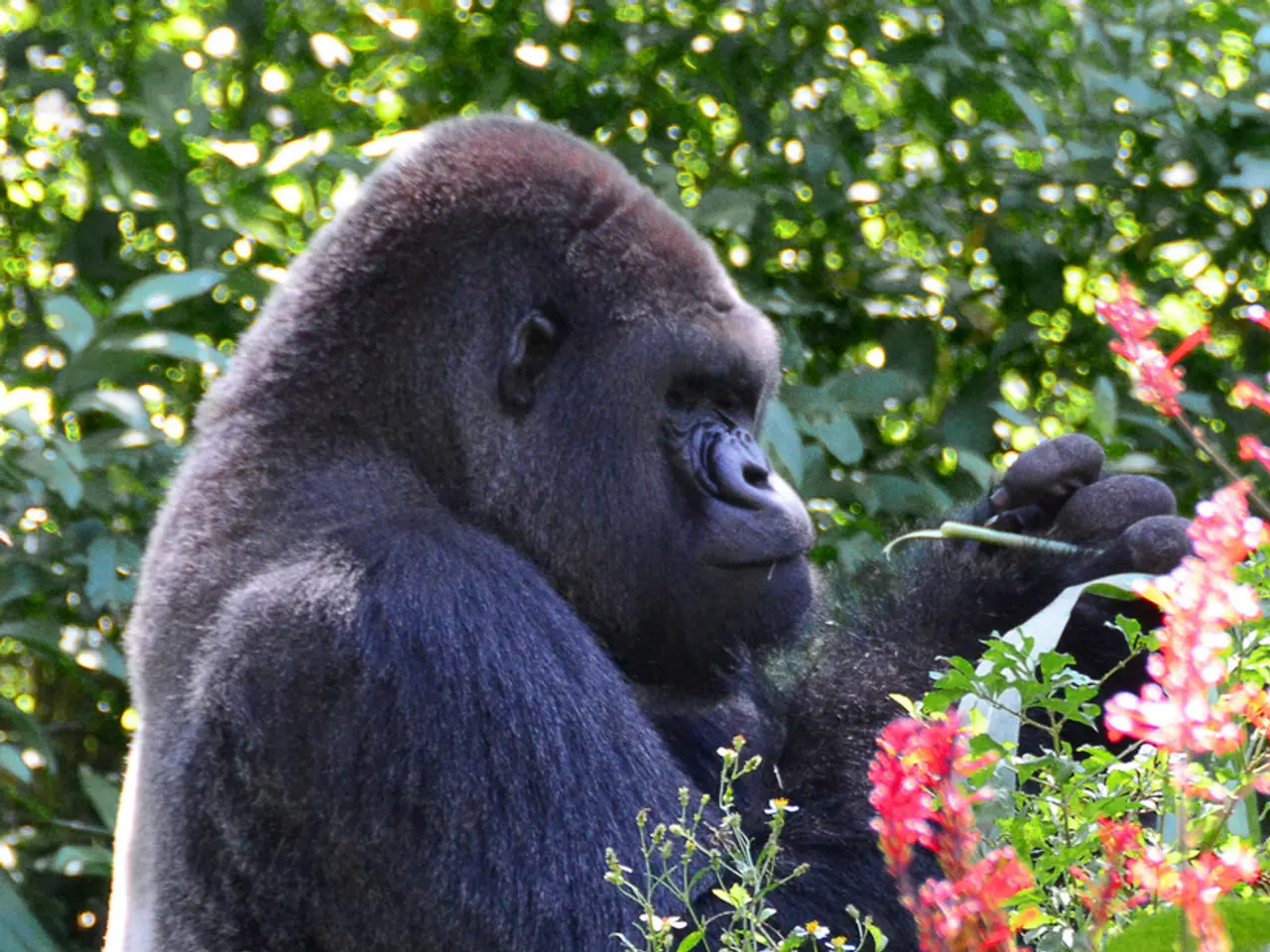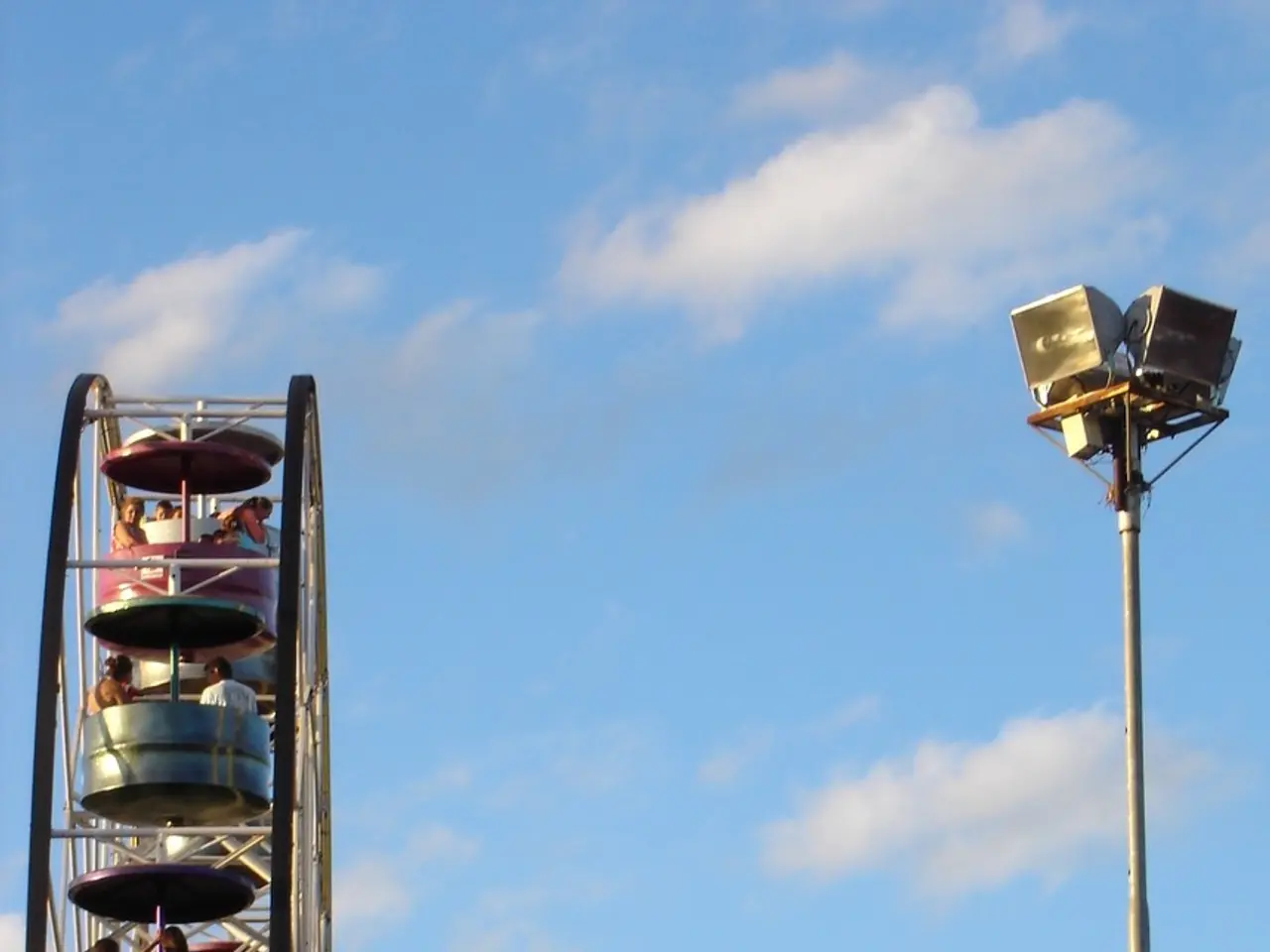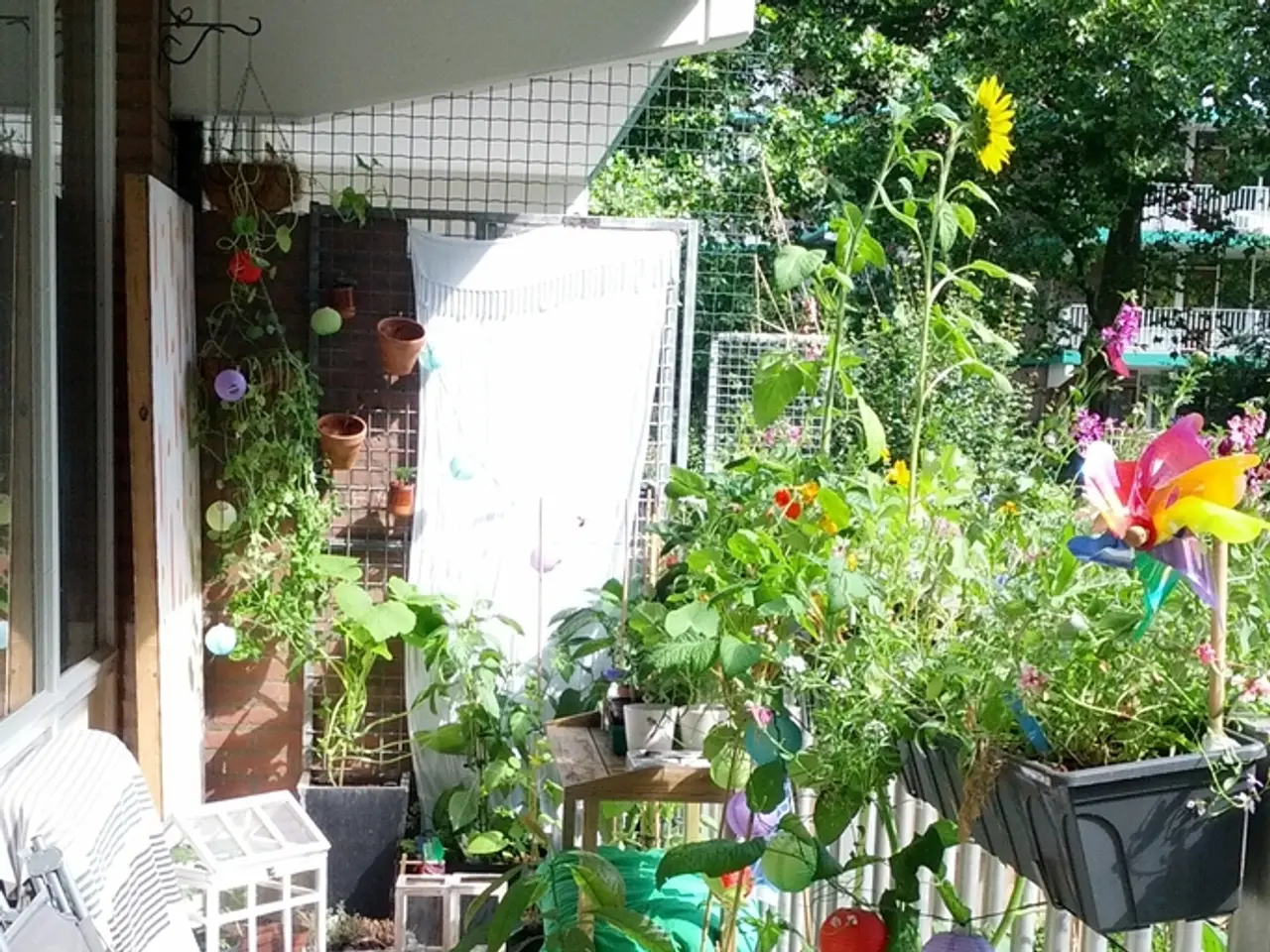Endangered Baby Gorilla Makes Emotional Debut at Colorado Zoo
Newborn Western Lowland Gorilla Brings Hope Amidst Critical Endangerment
The Cheyenne Mountain Zoo in Colorado has welcomed a new addition to its family, a western lowland gorilla born to mother Asha and father Goma. The birth of this new gorilla offers hope for the future of the critically endangered species, which is on the brink of extinction due to disease, poaching, and habitat destruction.
Asha, a 32-year-old gorilla born at the Cheyenne Mountain Zoo in 1992, and Goma, a 34-year-old gorilla who arrived at the zoo in 2016, are bonding exceptionally well with their newborn. The newborn has been nursing and clinging to Asha, a crucial milestone for any newborn primate, while Goma has shown signs of attachment, including a protective instinct.
The Cheyenne Mountain Zoo is taking active steps to support gorilla conservation. They provide Eco-Cell recycling bins and work with electronics stores to collect old devices as part of their conservation efforts. The zoo encourages the public to recycle coltan, a mineral essential for producing cell phones and other electronics, by dropping off old electronics at designated locations. This helps reduce the demand for coltan from mined sources, indirectly helping to protect gorilla habitats.
Coltan mining is a significant factor in habitat destruction for western lowland gorillas. Mining activities destroy the forest environment these gorillas depend on, leading to further population declines. Other zoos and conservation groups are also focusing on habitat preservation, captive breeding, and raising awareness to support the survival of wild gorilla populations.
Zoos like Brookfield Zoo have invested in large, naturalistic habitats that simulate native environments, helping educate millions of visitors annually about gorilla conservation and the threats they face, including from mining. Collaborative efforts such as the Gorilla Species Survival Plan coordinate captive breeding and socialization to maintain genetic diversity and promote future reintroduction efforts.
Conservation groups, such as The Perfect World Foundation, emphasize direct and sustained protection of wild populations combined with funding campaigns to combat poaching, disease, and habitat destruction. They highlight that protecting habitats from destructive mining operations is critical to gorilla survival.
Visitors can witness the bonding process of the baby gorilla and its family at the Primate World habitat in Cheyenne Mountain Zoo. Zoo officials monitor the situation closely to ensure the baby and mom are doing well. The birth of this new gorilla is a significant step towards preserving the western lowland gorilla species and a testament to the zoo's commitment to conservation efforts.
In the process of preserving the western lowland gorilla species, the Cheyenne Mountain Zoo encourages the public to recycle coltan, a mineral used in electronics, reducing the demand for coltan from mined sources that often leads to habitat destruction. On a different note, visitors can observe the close bonding of the newborn gorilla and its family in the Primate World habitat at the Cheyenne Mountain Zoo, which somewhat reflects a harmonious home-and-garden lifestyle for these primate pets.




